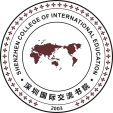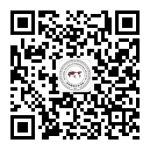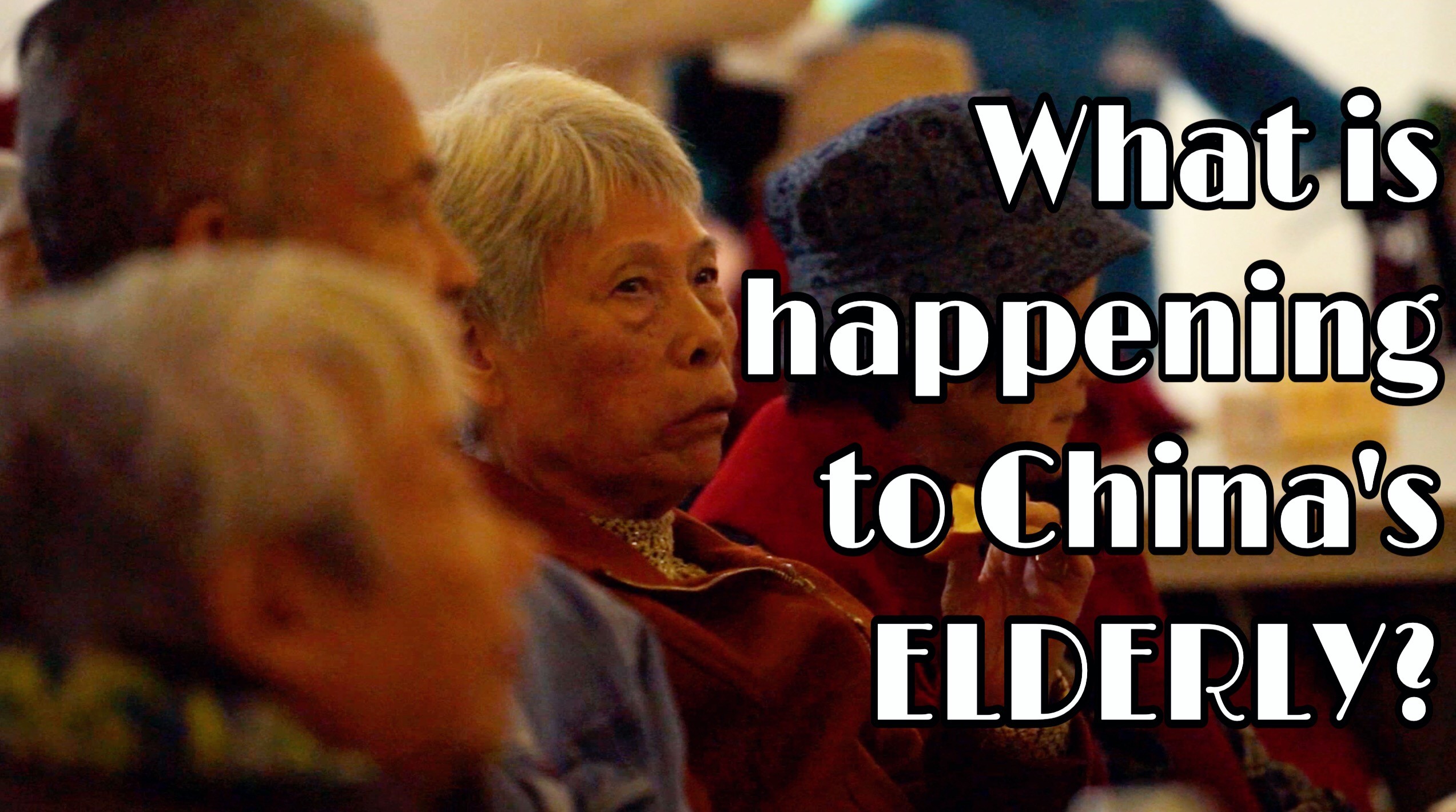
Winnie Zhou
FOBISIA Social Science Essay Competition 2020 2nd place winner
This year’s FOBISIA social science writing competition focuses on the relationship between population growth and the environment, inviting participants to discuss the statement “the greatest threat to our planet is population growth.” Notwithstanding it being classified in the Geography Division, concerns for rapid population growth are frequently raised in all types of social sciences, and therefore the question can be approached with various perspectives. It is also exciting and inspiring to see how theories from multiple subjects are interconnected and contribute to the holistic analysis, which constitutes my motivation to enter this writing competition.
Throughout my preparation and the whole writing process, historical research on quantitative data of population growth, and theories offering structural interpretations of the trend consolidates my understanding on the topic. Meanwhile, my Geography teacher Ben Tainsh-Griffiths offers me abundant constructive advice on refining the article to make it more readable. This type of Project-Based Learning energizes me to absorb knowledge more systematically and effectively.
My essay examines the big picture on the discussion of population and environment, starting by introducing several famous theories giving insights on the relationship between the two, including ones with pessimistic attitudes like Malthunisianism, Neo-Malthunisianism represented by Paul Ehrlich, alongside others with somewhat optimistic attitudes like the Cornucopian theory, as well as Esther Boserup who assets “necessity is the mother of invention,” and a seemingly objective perspective presented by the Demographic Transition Theory. Pointing out briefly the limitation of these three types of theories, the article points out threats that were brought by rapid population growth on the environment and sustainable development from two perspectives: the environmental threat, and the academic challenge. The previous one quotes some quantitative studies demonstrating the threatening situation in the status quo, while the latter part claims that some discourses used in demographic studies, like the concept of “population density” and “population distribution,” create obstacles for clear understanding in the academic sphere on the topic, impeding immediate and efficient actions. Finally, identifying the significance of apprehending the human-environment relationship and making use of it, the essay spots out several opportunities, namely “mediating factors” within the dynamics, as the potential to alleviate the threats and maximize the benefits.
Winnie’s entry:




- Article / Winnie Zhou 19076


















